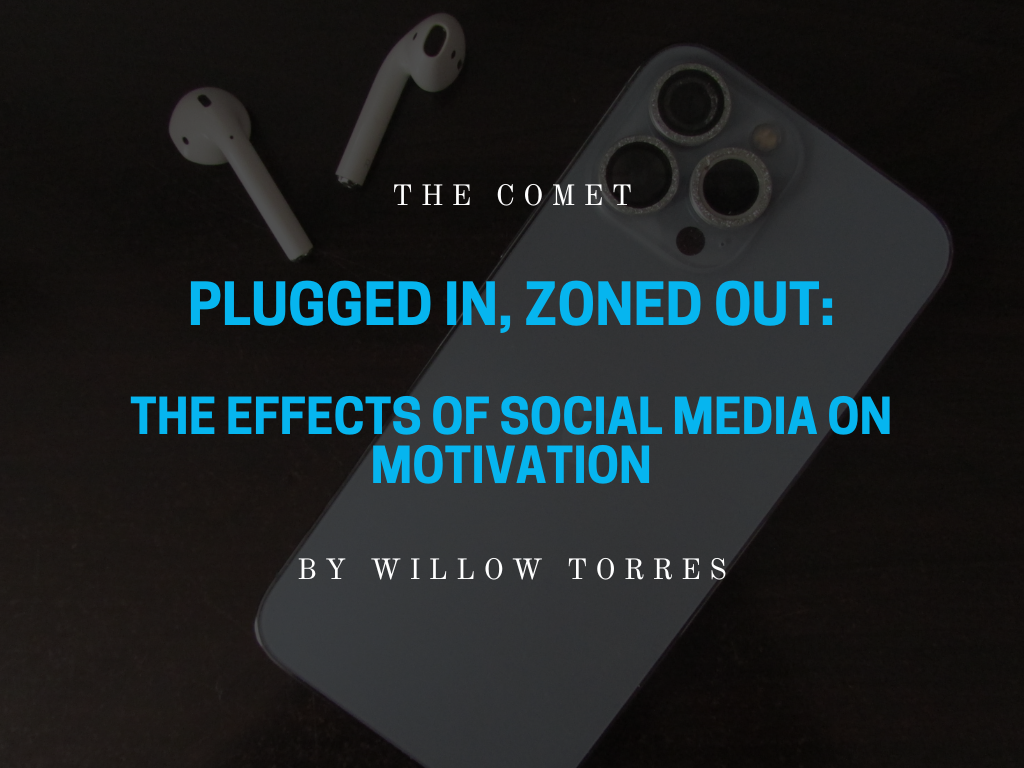The EHHS dress code has been a hot topic of conversation for the last several years. Everyone in the community has some form of an opinion on what is right and wrong with our dress code; everyone perceives the dress code rules differently. But, what are the true facts? What does the handbook actually say? Is everyone truly on the same page?
Looking for the Facts
The handbook suggests that students dress in a neat, and appropriate manner for school. Whatever clothes EHHS students wear have to be clean and not distracting to their peers. The dress code is strict on no headgear, no midriffs showing, and having an overall professional look. Here you can read up on our handbook and get the full detailed overview of the rights and wrongs when deciding what to wear to school.
EHHS Students Dress Code Hot Takes
Many of our students have some strong opinions about how they feel they are affected by the EHHS dress code. It’s important to note that everyone has different experiences and different opinions but most importantly, everyone is going to interpret the rules in their own way.
Many students have expressed that the dress code is too isn’t strict. However, several responders to our anonymous survey also pointed out that while many students both female and male believe the dress code to be fair, it is not really enforced. Dominick Perillo states, “The dress code is fair, but it’s very lenient with what people can and can’t wear.” Even Nick Vance believes that because this is a public school we have some leniency, “The dress code is fair, there are people in private schools with uniforms. At least we get to wear what we want.” But Nathan Tenaglia disagrees with those opinions, “The dress code is strict on the girls, but for the boys not so much. It targets certain people.”
Forty-two students responded to our survey on whether or not they knew what the EHHS dress code is. Thirteen male students stated that they have little to no idea what any of our dress code rules are. The twenty-nine female students explained that they know the dress code and have had personal experience getting dress-coded in the hallways of EHHS. It’s clear our community has strong opinions on the dress code policy, but they do conflict.
Sophomore Abrianna Duffy expressed her opinion: “I can understand a violation if it’s blatantly showy, it makes sense. But, if it’s just your stomach showing then it’s not necessary to dress code.” But she’s not the only one who feels this way. Junior Connor Czaplicki and Senior Nicole Brown shared in a conversation: “If boys wore a tank top they wouldn’t get dress coded, but if a girl were to wear the same thing there would be a problem.” Seniors Jill Sperduti and Jenna Sarno also believe that the dress code can be unfair, “We’ve seen much worse outfits on boys that haven’t gotten dress coded vs girls getting dress-coded for everything.”
Administrators “Fit Check”
Our staff tries to keep the school a safe and professional environment for everyone. According to Assistant Principal Mr. Anthony Russell and Principal Mr. Vincent DeNuzzo, they stick to the rules laid out in the school handbook. Both administrators believe that the dress code at EHHS can get challenging, and they try their best to adapt to trends while still keeping a policy. They recognize that current clothing trends include rips and tears; which might make it difficult to purchase unripped or torn clothing. However they are always focused on all students’ clothing not becoming a distraction for the school.
DeNuzzo also expresses that perception on lengths can be unclear. The famous, ‘as long as your arm’ rule for your short length has been a rule since the early days of education at EHHS. They know there are questions about lengths for skirts or dresses, “which we know is ambiguous.” But all people have different body types, which makes the rules unclear at times, so they just try to go by the handbook. This is yet another reason why the two stress that the handbook decides whether or not students get dress coded.
They both explain that dress coding has become somewhat lenient over the past years, seeing as they really only verbally express dress code violations instead of reporting them and marking them down. Both Russell and DeNuzzo were asked whether they believe that the dress code is fair. DeNuzzo said, “It’s challenging based on styles and trends but it’s fair. It doesn’t prohibit students, it just asks them for school approval. It looks for professional adults, and it teaches them that jobs have dress codes despite personal expression.” They believe it’s important that students wear appropriate clothes to school because in the real world, jobs have strict dress codes that you must follow.
Two Sides to Every Story
Students and teachers are going to have different experiences with dress code conflicts. Many different emotions can be stirred up when facing a dress code situation. Mr. Russell explains, “Usually female security will address female students vice versa. We don’t walk around the halls looking for a dress code violation.” But on the flip side, Val Surprenant has experienced the opposite, “Sometimes I see people wear way too revealing things then the people wearing sweatpants get dress-coded and it’s usually the male security that dress codes them.” This is just one example of how rules can begin to collide creating an issue within our community.
The Facts
Dress code is something that is unavoidable in our school. People have very different opinions on what they believe is appropriate vs. not appropriate. But having a dress code prepares students for the future when going into jobs with strict requirements. Getting everyone on the same page and feeling comfortable in school is a priority as well. The differing opinions often seem to conflict due to the potential ambiguity regarding trends and personal body types, but the dress code laid out in the EHHS Student and Parent Handbook is specific and thorough and should be viewed here.







